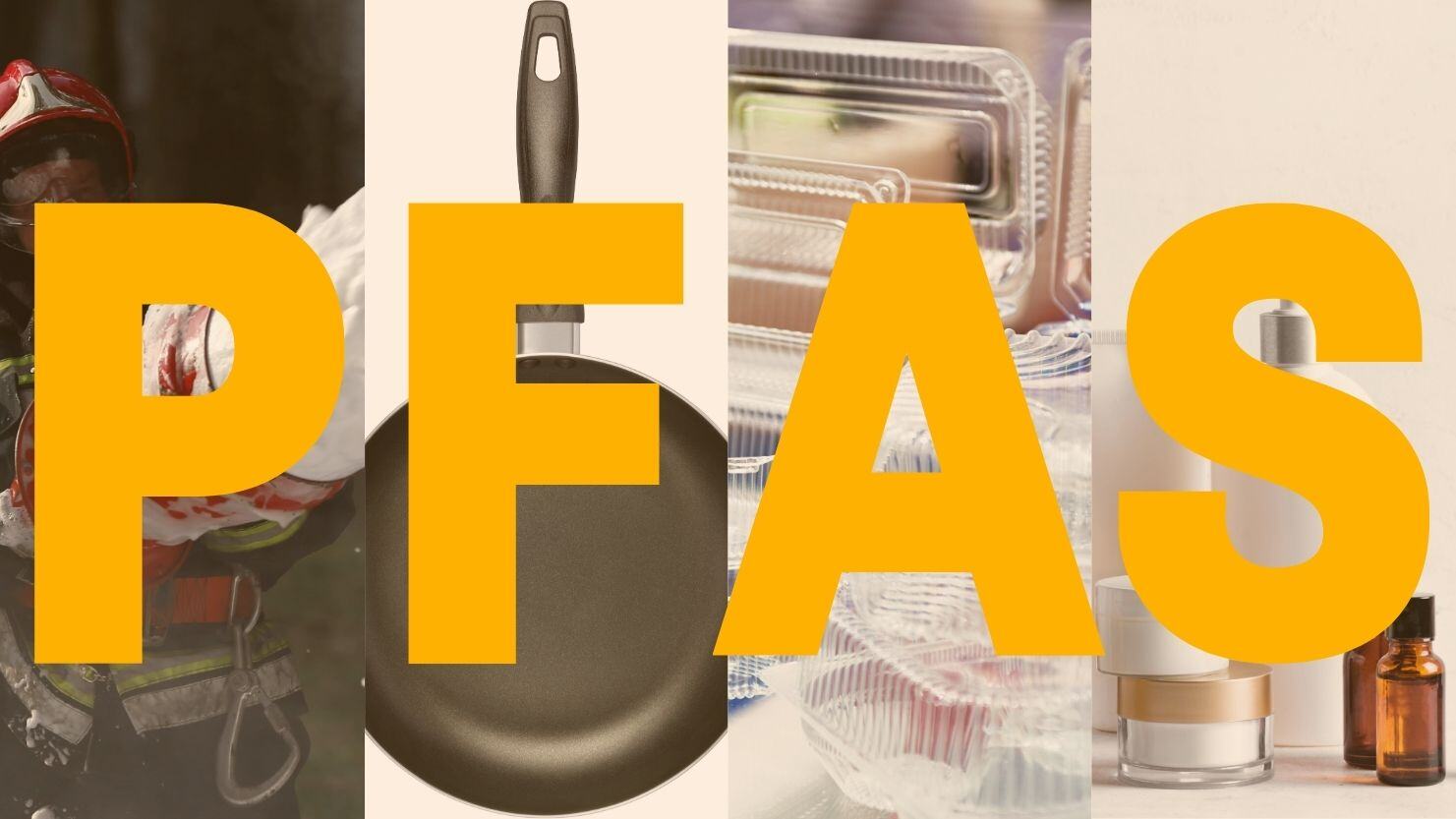Managing PFAS with SAP: Unlock Your Data Treasures

If you run SAP ERP and want to tackle PFAS, we have excellent news: your SAP system offers a wealth of treasures – data and information - that you can use:
- It records what you purchase, produce, store, and sell.
- It knows which components in what quantities make up your products.
- It tells you what you buy from whom.
Discover how to unlock SAP data using an integrated and sustainable approach to handle PFAS. For insights into current PFAS regulations and their implications for your business, don't miss our initial article about PFAS Regulations and Business Challenges in the series Managing PFAS with SAP.
SAP’s Answer to PFAS Business Challenges
Utilizing the right resources in your SAP system guarantees progress in tackling the following core business challenges:
|
Maintaining records of PFAS compliance efforts. |
|
|
|
|
|
|
|
Access the Vault: The Wide Range of Available Functions in SAP
You don’t have to go treasure hunting on your own. SAP Product Compliance Applications do the job with you. They are perfectly tailored to manage the required PFAS information on components and ingredients all the way down to the respective chemical substance or CAS number level. To do so, they process existing data and information:
- The logistics integration enables product compliance data management on a material level considering different suppliers and manufacturers:
-
- The material master contains information on the materials you procure, produce, store, and sell.
- The bill of material (BOM) is a list of parts, items, assemblies and other components required to create your product.
- The vendor master data stores the vendors that supply your company.
- The purchasing info records connect purchased materials with vendors.
- The source lists and approved manufacturer part lists specify the allowed sources of a (manufacturer part) material for a certain plant and period.
- The possibility to connect to existing business processes of other areas such as sales and distribution, purchasing, manufacturing, and product development, facilitates the cross-functional availability and reporting of compliance information.
Make Use of the Vault: SAP Product Compliance Applications
Over the years, SAP’s product compliance solutions evolved, changed, and expanded.
Officially they are called SAP S/4HANA for product compliance, SAP Product and REACH Compliance, and SAP Product Safety.
Unofficially old terms like EHSM and EH&S have stuck around. Some habits are hard to break! Go deeper with our Overview and History of SAP Product Compliance Applications or browse the SAP Product Compliance Community.
The Central Logic
The core entity is the compliance data object (CDO) - like a material in the material master. The object stores everything: the compliance information, composition, supplier listings, relevant documents, and specifications.
The core challenge is reacting to changes. We are talking about new legal obligations like PFAS regulations, list updates like in REACH and RoHS, or product structure changes due to new suppliers and the redesign of your product. Reacting to any of those changes is crucial. You want to avoid a one-time exercise and instead aspire to a living system:
- The Regulatory List Management handles all regulated substances for a specific regulation including possible exemptions.
- The Release Management ensures reliability and documentation of compliance information.
- The Change Management detects changes in the product structure and triggers the recalculation of the compliance status.
- Interfaces and exchange formats enable reporting and electronic data exchange (e.g. IMDS, BOMcheck, IPC1752).
Realizing an Integrated PFAS Approach
PFAS is not a standalone topic. It makes sense to handle all product compliance topics like REACH-SVHCs, RoHS or PFAS in one integrated approach. SAP Product Compliance Applications are tailored to do just that. They execute checks against regulatory lists based on substances in your products including assemblies and supplier parts as defined in your BOMs.
OECD PFAS List And Other Regulatory Lists in Your SAP System:
OECD PFAS Compliance Check for a Product in Your SAP System:
Remember, there is no IF, only a WHEN when it comes to PFAS regulations, substitutions, and phase outs. Even if you are not affected now, you will be in the future. This means you may be confronted with not one, but several PFAS lists.
Bonus: Our strategic partner Yordas, an expert on chemical regulatory data, provides regulatory lists and PFAS substance identification without you having to stay on top of updated or new lists that might be published by the EPA, ECHA, or other authorities.
Extend the Vault: Product Compliance Collaboration
Recognizing the increasing amount of time and resources our customers are spending to fill compliance data gaps, we have developed opesus Product Compliance Collaboration (PCC).
opesus PCC is a central hub designed to support collaboration with suppliers, service providers, customers, authorities, and business units within your own company. It leverages your single source of truth with native integration into SAP product compliance applications. The tool is configurable for new upcoming reporting requirements.
The bottom line: For a topic as big as PFAS, it makes sense to start with what you already have. You can unlock your SAP ERP data treasury with SAP Product Compliance Applications to use existing information and stay on top of data changes. Stay tuned for our upcoming blog post in this series to discover how to gather missing compliance information with an integrated, highly automated, and auditable Product Compliance Collaboration solution.


